Building a strong and well-defined chest is a goal for many fitness enthusiasts.
A powerful chest not only enhances your physique but also improves upper body strength, posture, and performance in various physical activities.
Whether you’re a beginner or an experienced lifter, incorporating effective chest exercises into your workout routine is essential.
In this article, we’ll explore the top 10 chest exercises that can help you achieve a bigger and stronger upper body.
Why Chest Exercises Matter
The Benefits of Strong Chest Muscles
A well-developed chest is more than just an aesthetic feature. Strong chest muscles play a crucial role in several movements and daily activities. Here are some of the key benefits:
- Enhanced Upper Body Strength: Your chest muscles are involved in pushing, lifting, and stabilizing movements, making them essential for overall strength.
- Improved Posture: Strengthening your chest can counterbalance tight or weak back muscles, helping you maintain a proper posture.
- Injury Prevention: A strong chest reduces the risk of muscle imbalances that can lead to injuries during exercise or sports.
- Better Athletic Performance: Sports like swimming, tennis, and basketball rely on chest strength for powerful movements.
Anatomy of the Chest Muscles
Understanding the anatomy of your chest muscles can help you target them more effectively. The chest is primarily made up of two major muscle groups:
- Pectoralis Major: This is the larger, fan-shaped muscle covering the chest. It has two parts: the upper (clavicular head) and lower (sternal head) portions.
- Pectoralis Minor: A smaller, triangular muscle located beneath the pectoralis major. It helps stabilize the shoulder blades and assists in various arm movements.
By engaging both the pectoralis major and minor through targeted exercises, you can maximize chest development.
Top 10 Chest Exercises
1. Barbell Bench Press
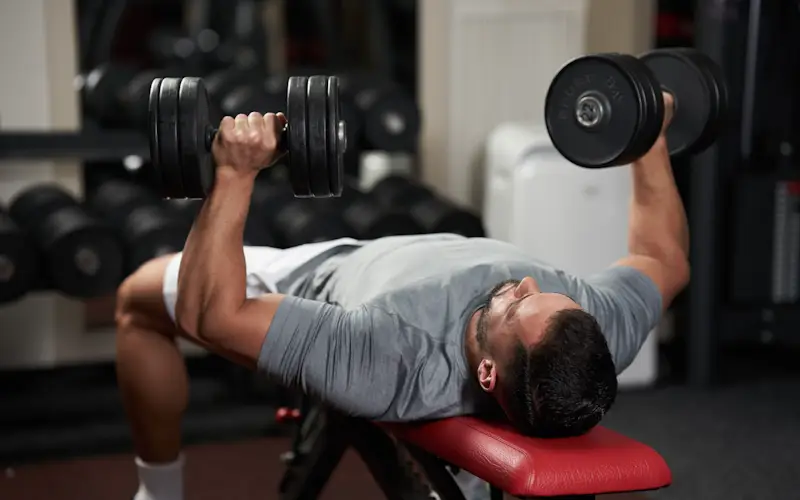
The barbell bench press is a classic chest-building exercise that remains a staple in many strength training programs.
- Muscles Worked: Pectoralis major, deltoids, triceps
- How to Perform: Lie flat on a bench with your feet firmly planted on the ground. Grip the barbell slightly wider than shoulder-width, lower it to your chest, and press it back up.
- Tips: Keep your core tight and avoid bouncing the bar off your chest. Gradually increase the weight for progressive overload.
2. Dumbbell Bench Press

The dumbbell bench press is an excellent alternative to the barbell bench press, offering a greater range of motion.
- Muscles Worked: Pectoralis major, deltoids, triceps
- How to Perform: Hold a dumbbell in each hand and lie flat on a bench. Lower the dumbbells to your chest and press them upward until your arms are fully extended.
- Tips: Maintain control throughout the movement to avoid shoulder strain.
3. Incline Bench Press

Targeting the upper chest, the incline bench press helps build a balanced and defined chest.
- Muscles Worked: Upper pectoralis major, deltoids, triceps
- How to Perform: Adjust a bench to a 30-45 degree incline. Perform the press as you would with a flat bench, lowering the barbell or dumbbells to your upper chest.
- Tips: Focus on squeezing your chest at the top of the movement.
4. Push-Ups
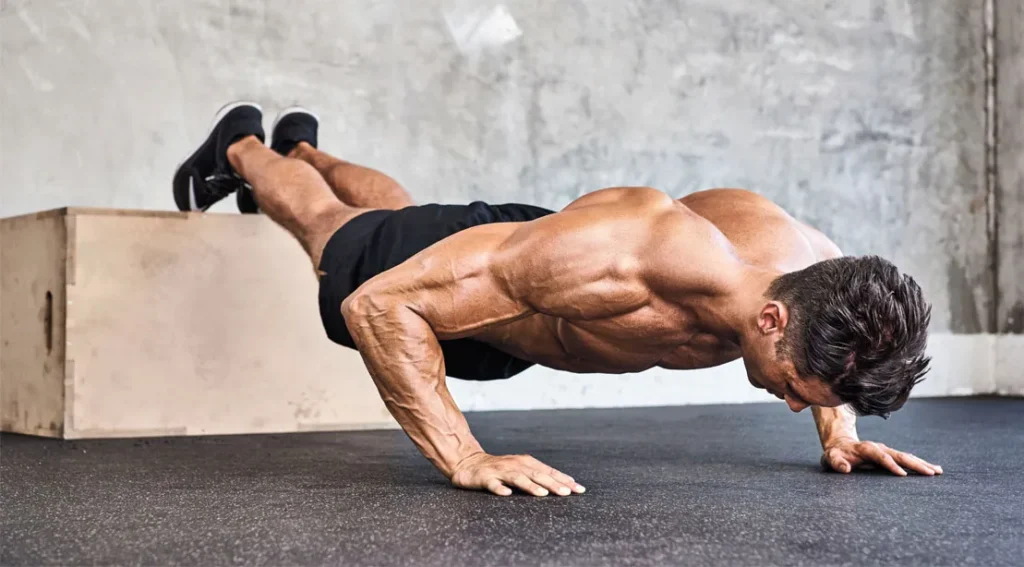
Push-ups are a versatile bodyweight exercise that can be done anywhere.
- Muscles Worked: Pectoralis major, deltoids, triceps, core
- How to Perform: Place your hands slightly wider than shoulder-width apart on the ground. Lower your body until your chest nearly touches the floor, then push back up.
- Tips: Keep your body straight and avoid sagging your hips.
5. Chest Dips
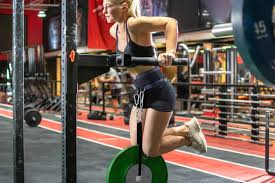
Chest dips are a compound exercise that effectively targets the lower chest.
- Muscles Worked: Lower pectoralis major, triceps, deltoids
- How to Perform: Grip parallel bars and lower your body until your chest is slightly below your shoulders. Push back up to the starting position.
- Tips: Lean slightly forward to emphasize your chest muscles.
6. Cable Crossovers
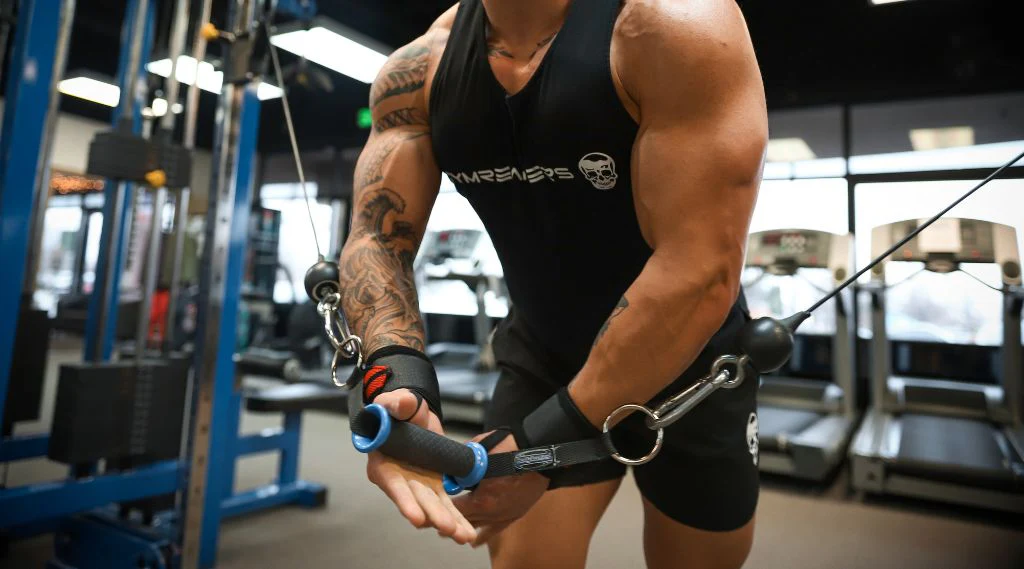
Cable crossovers isolate the chest muscles and add variety to your routine.
- Muscles Worked: Pectoralis major
- How to Perform: Stand in the center of a cable machine with handles set at shoulder height. Pull the handles together in front of your chest, keeping a slight bend in your elbows.
- Tips: Avoid using momentum; focus on a slow and controlled movement.
7. Dumbbell Flyes
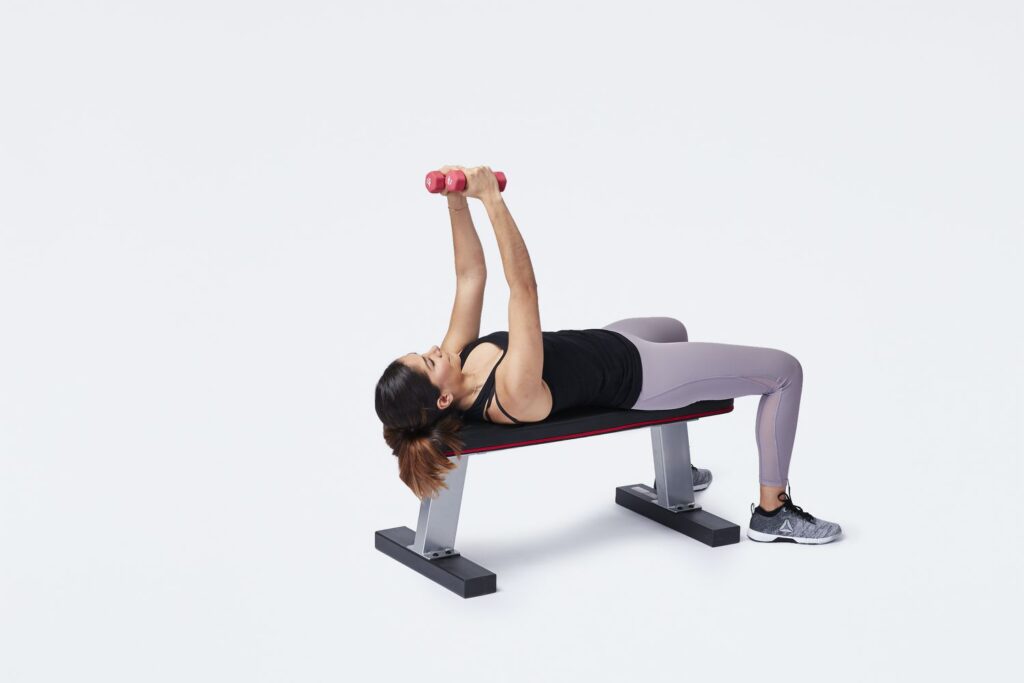
Dumbbell flyes stretch and activate your chest muscles, improving flexibility and strength.
- Muscles Worked: Pectoralis major, deltoids
- How to Perform: Lie flat on a bench with a dumbbell in each hand. Lower the weights out to the sides until you feel a stretch in your chest, then bring them back together.
- Tips: Keep a slight bend in your elbows to protect your joints.
8. Incline Dumbbell Flyes
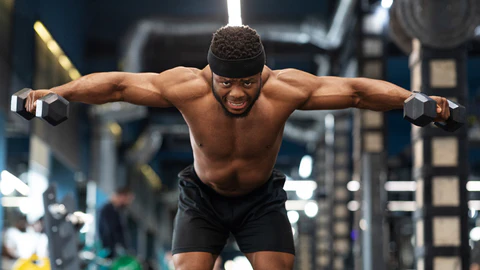
This variation targets the upper chest, enhancing its definition.
- Muscles Worked: Upper pectoralis major, deltoids
- How to Perform: Adjust a bench to a 30-45 degree incline. Perform the flyes as you would on a flat bench.
- Tips: Avoid overextending your arms to prevent shoulder strain.
9. Machine Chest Press
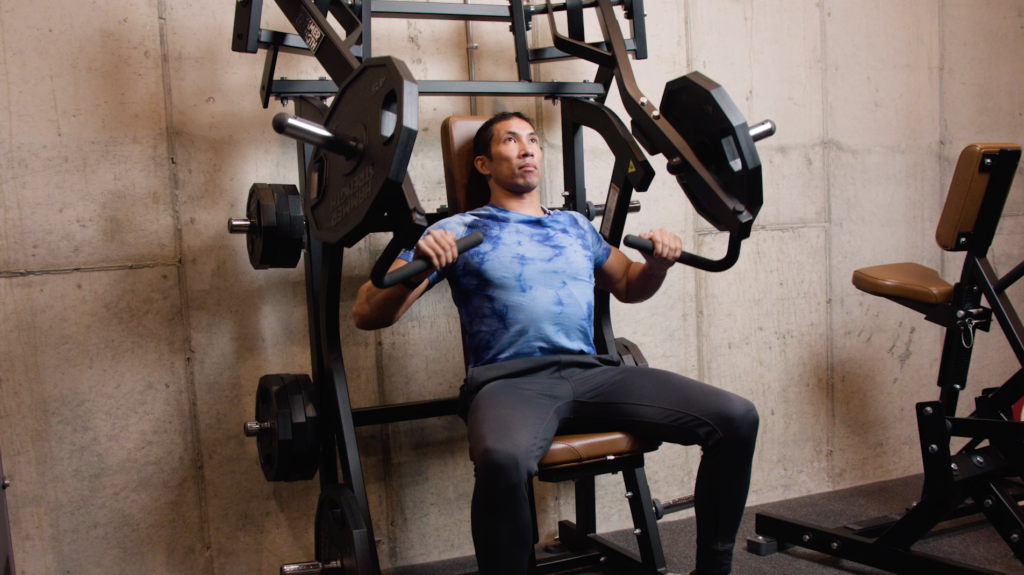
The machine chest press is a beginner-friendly exercise that ensures proper form.
- Muscles Worked: Pectoralis major, deltoids, triceps
- How to Perform: Sit on the machine with your back flat against the pad. Push the handles forward until your arms are fully extended, then return to the starting position.
- Tips: Adjust the seat height so the handles align with your chest.
10. Plyometric Push-Ups
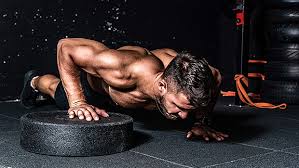
For those looking to add explosive power to their chest workouts, plyometric push-ups are an excellent choice.
- Muscles Worked: Pectoralis major, deltoids, triceps, core
- How to Perform: Perform a push-up but push off the ground explosively so your hands leave the floor. Land softly and immediately go into the next repetition.
- Tips: Start slow to avoid injury and gradually increase intensity.
How to Structure Your Chest Workouts
Warm-Up
Before starting your chest workout, warm up to increase blood flow and prepare your muscles. Include 5-10 minutes of light cardio and dynamic stretches.
Workout Frequency
For optimal results, train your chest 1-2 times per week. Allow at least 48 hours of recovery between sessions.
Repetitions and Sets
- Strength: 4-6 reps, 3-5 sets
- Hypertrophy (muscle growth): 8-12 reps, 3-4 sets
- Endurance: 12-15+ reps, 2-3 sets
Pro Tips for Chest Training
- Focus on Form: Prioritize proper technique over heavy weights to avoid injury.
- Incorporate Variety: Mix compound and isolation exercises to target all areas of the chest.
- Progressive Overload: Gradually increase the weight, reps, or intensity to continue building strength and size.
- Rest and Recovery: Ensure adequate rest between sets and workout days to allow muscle growth.
- Nutrition: Support your workouts with a protein-rich diet to repair and build muscle.
Your Path to a Stronger Chest
Building a bigger and stronger chest requires consistency, effort, and a well-rounded workout plan.
By incorporating these top 10 exercises into your routine and following the tips provided, you can achieve impressive results over time.
Remember to listen to your body, maintain proper form, and prioritize recovery for long-term success.
FAQs About Chest Training
Q: How often should I train my chest?
A: Aim to train your chest 1-2 times per week, allowing at least 48 hours of recovery between sessions.
Q: Can I build my chest with just push-ups?
A: While push-ups are effective, incorporating a variety of exercises like bench presses and flyes can enhance results.
Q: Should I use heavy weights for chest exercises?
A: It depends on your goal. Use heavy weights with low reps for strength and moderate weights with higher reps for muscle growth.
Q: How long does it take to see results?
A: With consistent training and proper nutrition, noticeable results can appear within 6-8 weeks.
Q: Are chest exercises suitable for women?
A: Absolutely! Chest exercises improve strength, posture, and overall fitness for everyone.
By following these guidelines and incorporating the recommended exercises, you’re well on your way to building a chest that’s both strong and sculpted.
